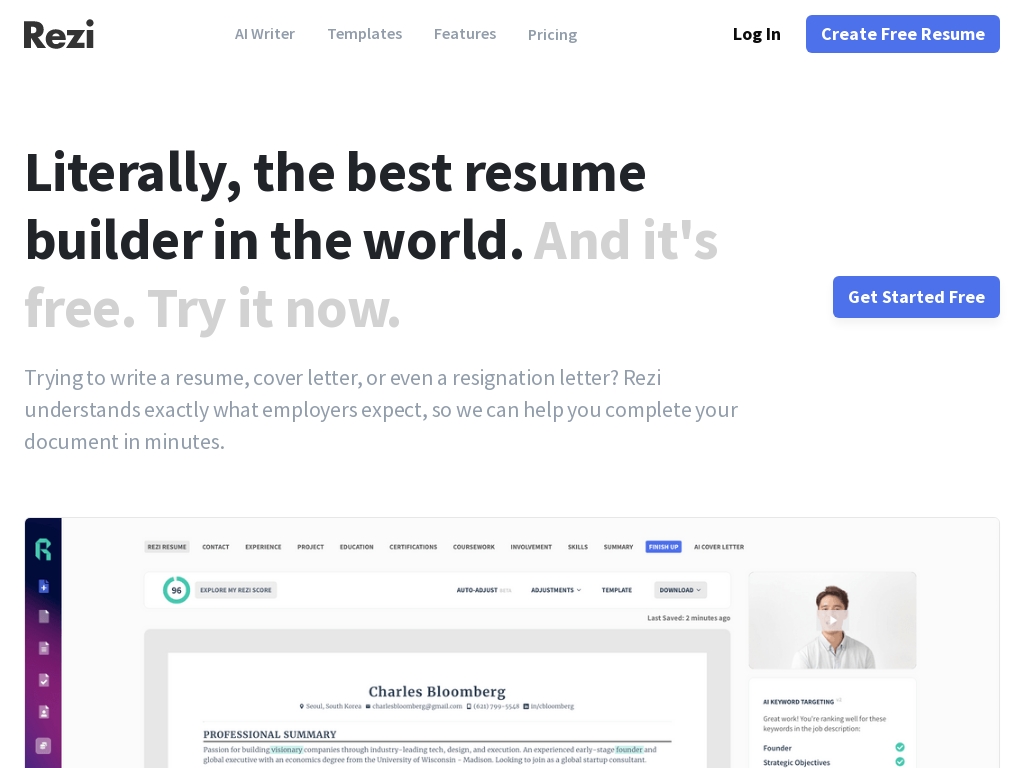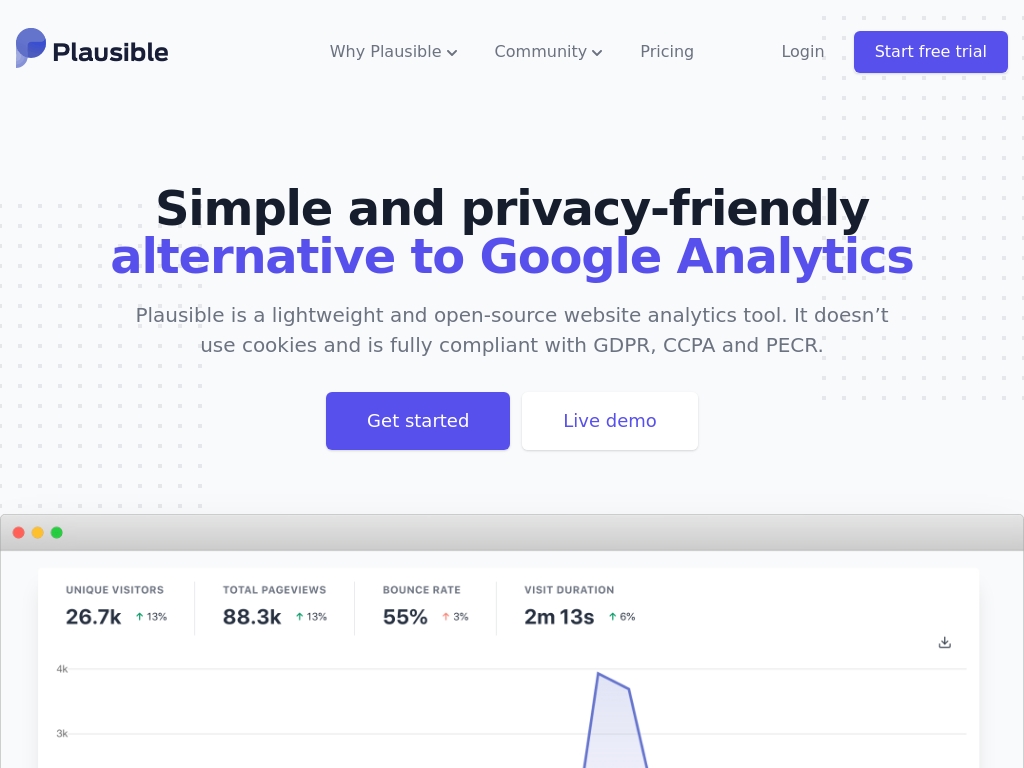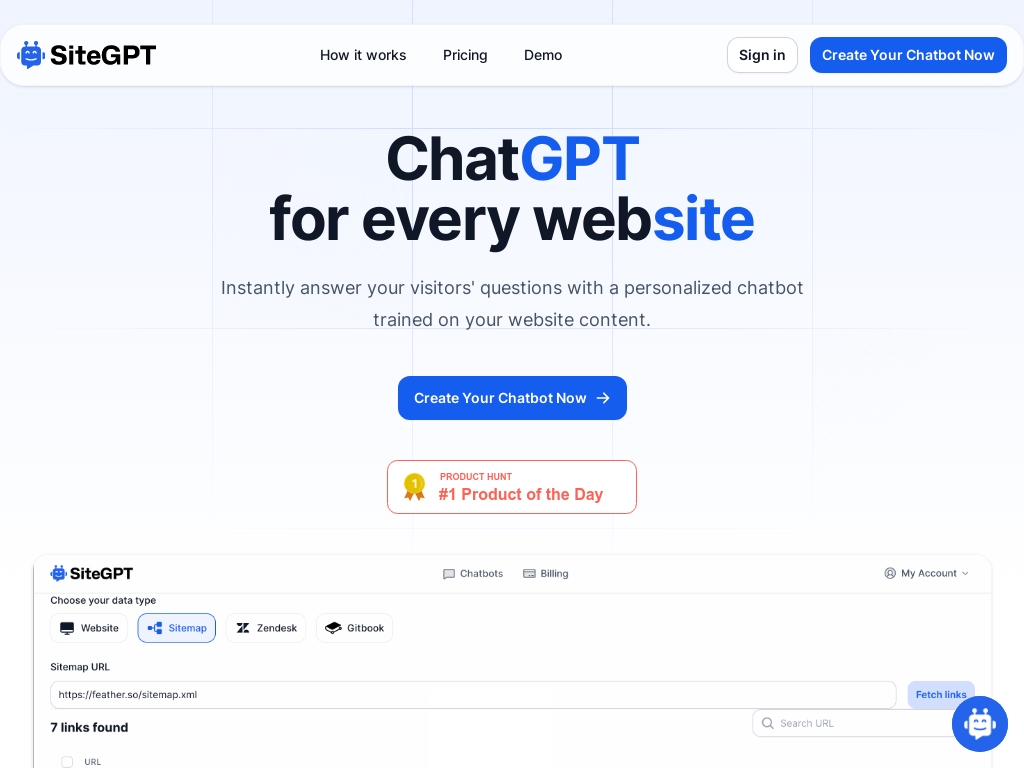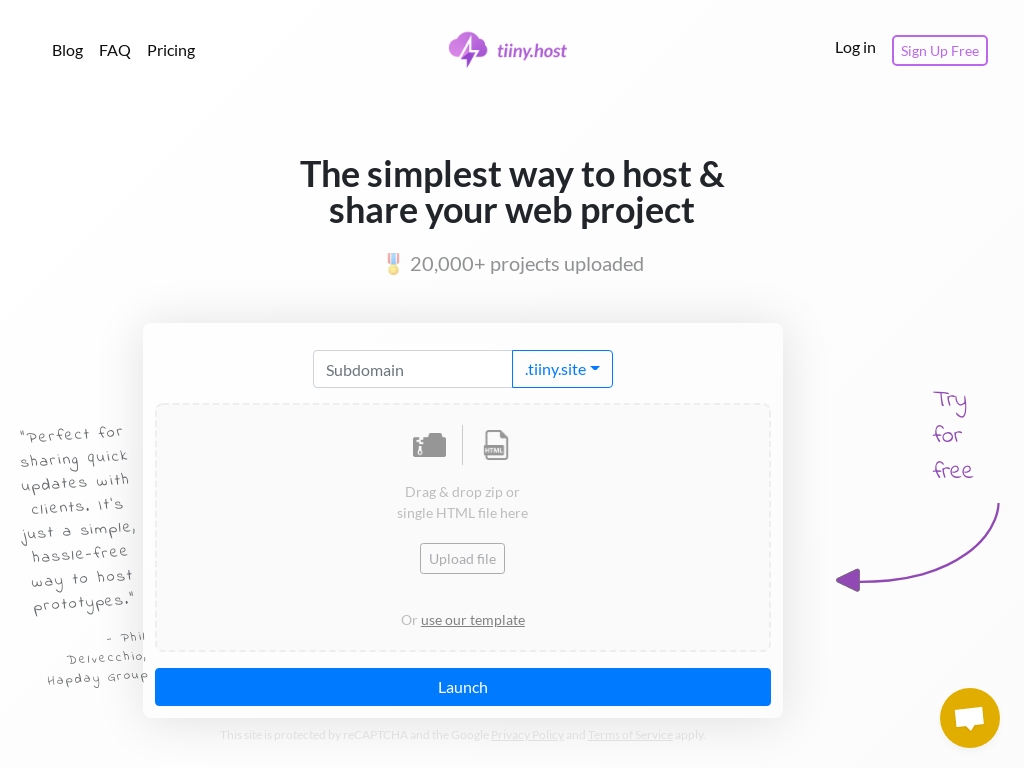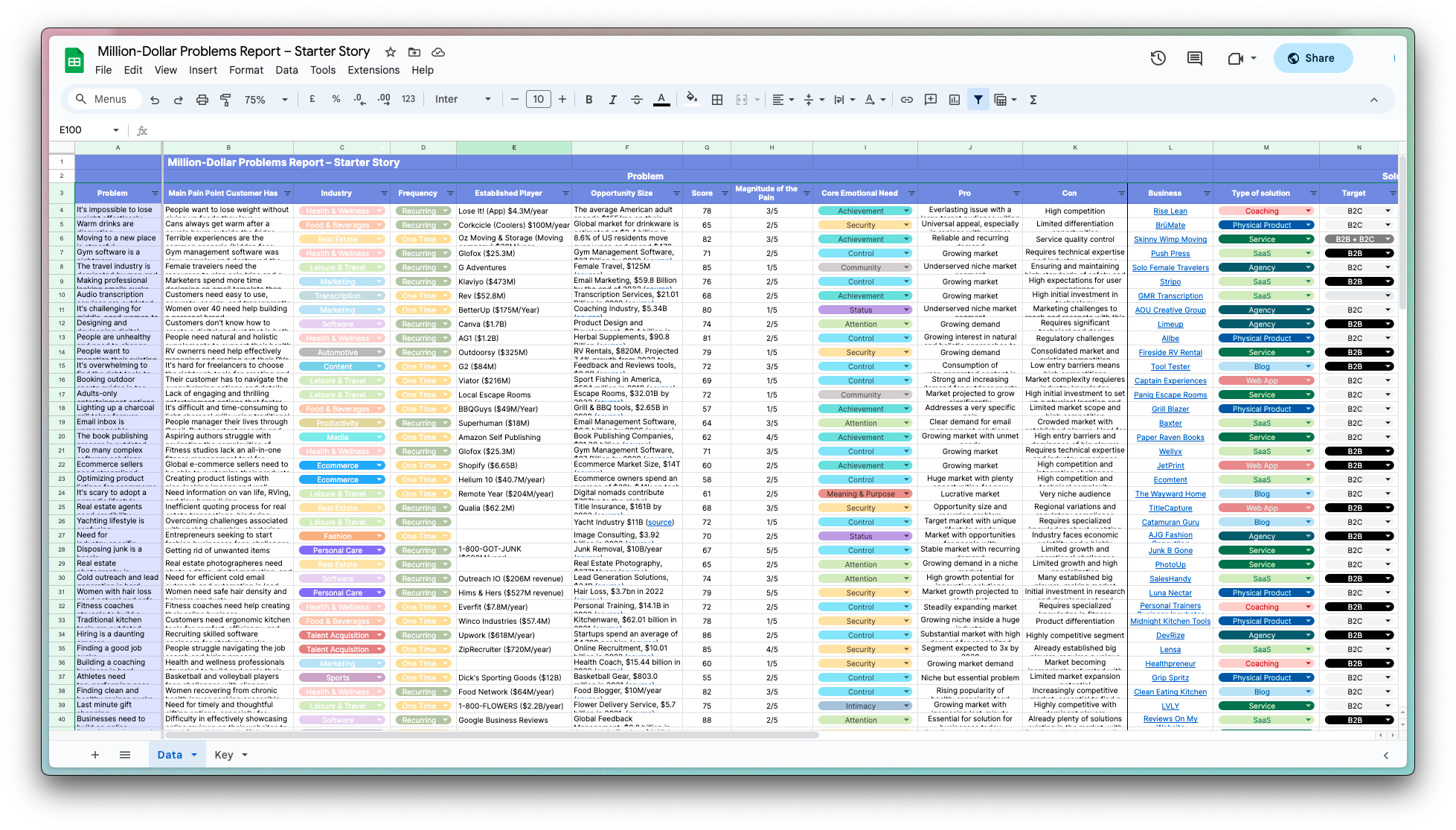
How This Founder Grew Boomerang Email Tool to $10M ARR Profitably
Who is Aye Moah?
Aye Moah, originally from Burma, co-founded Boomerang after working as a team lead at Analog Devices. With a background in engineering and a degree from MIT, she leveraged her experience managing complex projects to create innovative email solutions, focusing on productivity and user needs.
What problem does Boomerang solve?
Boomerang solves the problem of email overload by allowing users to schedule emails and receive reminders, helping them focus on what's important without losing track of key messages. This is particularly useful for busy professionals who deal with high volumes of email, as it prevents important emails from slipping through the cracks and allows for more efficient inbox management.
How did Aye come up with the idea for Boomerang?
The idea for Boomerang was born out of personal frustration. While leading projects at Analog Devices, the founder noticed a significant part of their day was spent juggling emails in Outlook. Important messages would slip through the cracks because there wasn’t an effective system to manage emails that needed future attention. This frustration led to the realization that many others probably faced the same issue, highlighting a gap in existing email tools.
Instead of complex systems, the founder imagined a simple solution that could hide emails until they were needed, like a snooze button for messages. Boomerang was initially developed as a way to solve this problem internally. They used a prototype in their daily lives, iterating and improving based on real user experience and feedback. This hands-on approach provided confidence that they were on the right path.
After building an early version, they tested the waters by introducing Boomerang to friends and startup peers who confirmed the product’s value. Despite the challenges of explaining a new concept without a working model, they pushed ahead, believing in its potential. A key lesson they learned was the importance of solving a genuine problem they had experienced first-hand, ensuring they remained focused on user needs throughout development.
How did Aye Moah build the initial version of Boomerang?
Boomerang was built by initially developing one of the first Chrome extensions for managing emails back in 2010. The team used a tech stack that involved writing extensive code within a short three-month period to create a working version that they could iteratively improve upon. They initially tested different versions on themselves, underlining the importance of relentless iterations to refine the product. The approach by Boomerang's founders was both scrappy and innovative, leveraging Grease Monkey scripts for frontend integration with Gmail and utilizing IMAP for backend operations. The process was labor-intensive but ultimately rewarding, allowing them to capitalize on a significant market need for email management tools.
What were the initial startup costs for Boomerang?
- Initial Funding: In 2011, Boomerang raised $400,000 in funding.
What was the growth strategy for Boomerang and how did they scale?
Chrome Extension Store
Boomerang initially grew by leveraging the Chrome Extension Store. When they launched their email management Chrome extension in 2010, it quickly gained traction, achieving 10,000 downloads by tapping into the vast user base of Chrome. They utilized a freemium model where users could start with a free version and then decide to upgrade to a paid version if they found value in the tool.
Why it worked: The Chrome Extension Store provided an immediate distribution channel to millions of Chrome users actively looking for tools to enhance their productivity. The freemium approach allowed users to try the product risk-free, which helped Boomerang quickly amass a user base and later convert those users into paying customers.
Experiments and Iterative Testing
Boomerang focused heavily on experimentation to drive traffic and conversions. In 2024, they ran 44 experiments that included marketing strategies, improvement of product features, and optimizing user conversion paths. These tests allowed them to enhance their freemium product's conversion rates and increase user engagement, contributing an extra $500K to their Annual Recurring Revenue (ARR).
Why it worked: Systematic experimentation and iterative testing enabled Boomerang to continuously improve and adapt their strategies based on real user feedback and performance data. Simple changes, like altering a call-to-action button from blue to red, substantially lifted conversion rates, showcasing how minor tweaks could lead to significant growth.
Data-Driven Content Marketing
Boomerang leveraged insights from their extensive email data to create valuable content that resonated with users. They analyzed large datasets, including publicly available ones like the Enron emails, to produce studies that offered statistics on optimal email practices. This content not only drew attention from major media outlets like CNN and BBC but also backlinked to their service, increasing organic visits and signups.
Why it worked: Content that provided actionable insights into email habits attracted widespread media attention and positioned Boomerang as an industry authority. This strategy created a reliable influx of traffic and potential new users, eager to implement those insights through Boomerang's tools.
What's the pricing strategy for Boomerang?
Boomerang uses a freemium SaaS pricing model, offering a free basic version with paid plans starting at $4.99 per month, scaling up based on additional features and usage.
What were the biggest lessons learned from building Boomerang?
- Embrace Experimentation: Boomerang's 'year of experiments' exemplifies that continuously testing ideas can drive growth. Simple changes, like altering a button color, led to significant revenue increases.
- Stay Lean: With a small team achieving impressive results, Boomerang shows that maintaining a lean operation ensures agility and focus. Efficient use of resources and prioritizing important experiments over complex installations can save time and costs.
- Customer Feedback is Gold: Listening to users not only shaped Boomerang’s product features but also guided its pricing strategy. Understanding the underlying needs behind user feedback can help create a loyal customer base.
- Diversify Marketing Channels: Boomerang's journey from dig to tech blogs highlights the importance of using a variety of platforms to reach your audience. By leveraging content marketing grounded in data analysis, Boomerang increased its visibility and credibility.
- Adapt to the Competition: When Gmail integrated similar features, Boomerang pivoted to focus on more sophisticated, power-user functionalities, highlighting the need to differentiate your product and continuously provide value.
Discover Similar Business Ideas Like Boomerang
|
|
Idea
|
Revenue
|
|---|---|---|
|
Rezi
|
AI-powered resume builder for job seekers.
|
$215K
monthly
|
|
PDFShift
|
HTML-to-PDF conversion API service.
|
$8.5K
monthly
|
|
Plausible Analy...
|
Privacy-focused, open-source web analytics tool.
|
$100K
monthly
|
|
SiteGPT
|
AI chatbot trained on your website content.
|
$15K
monthly
|
|
tiiny.host
|
Static website hosting made simple for everyone.
|
$15K
monthly
|
|
Studio Wombat
|
WooCommerce plugin developer for enhanced e-commerce features.
|
$15K
monthly
|
|
ScreenshotOne
|
API for capturing website screenshots easily.
|
$2.2K
monthly
|
More about Boomerang:
Who is the owner of Boomerang?
Aye Moah is the founder of Boomerang.
When did Aye Moah start Boomerang?
2010
What is Aye Moah's net worth?
Aye Moah's business makes an average of $8.33M/month.
How much money has Aye Moah made from Boomerang?
Aye Moah started the business in 2010, and currently makes an average of $100M/year.
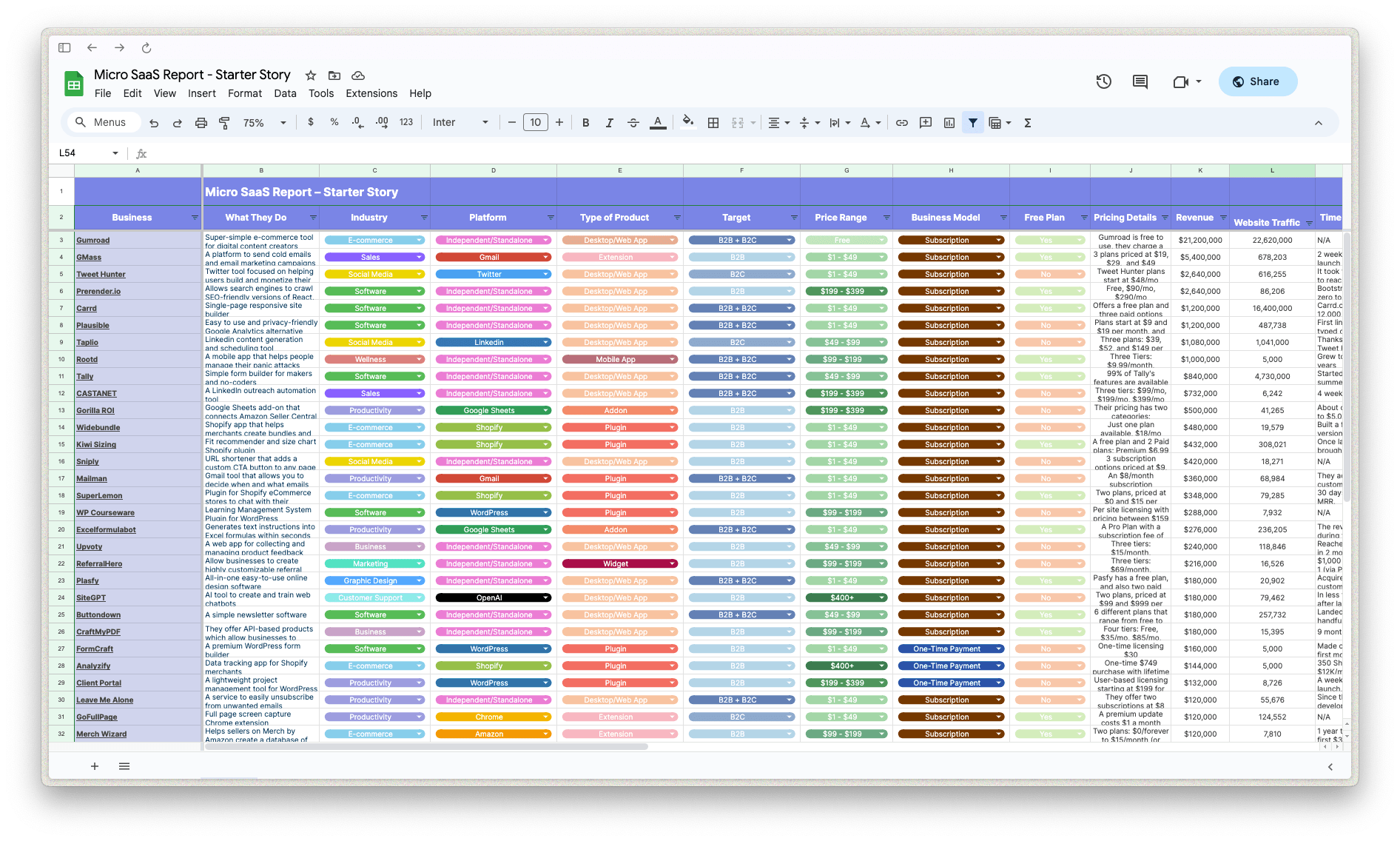
Download the report and join our email newsletter packed with business ideas and money-making opportunities, backed by real-life case studies.

Download the report and join our email newsletter packed with business ideas and money-making opportunities, backed by real-life case studies.

Download the report and join our email newsletter packed with business ideas and money-making opportunities, backed by real-life case studies.

Download the report and join our email newsletter packed with business ideas and money-making opportunities, backed by real-life case studies.

Download the report and join our email newsletter packed with business ideas and money-making opportunities, backed by real-life case studies.

Download the report and join our email newsletter packed with business ideas and money-making opportunities, backed by real-life case studies.

Download the report and join our email newsletter packed with business ideas and money-making opportunities, backed by real-life case studies.

Download the report and join our email newsletter packed with business ideas and money-making opportunities, backed by real-life case studies.
